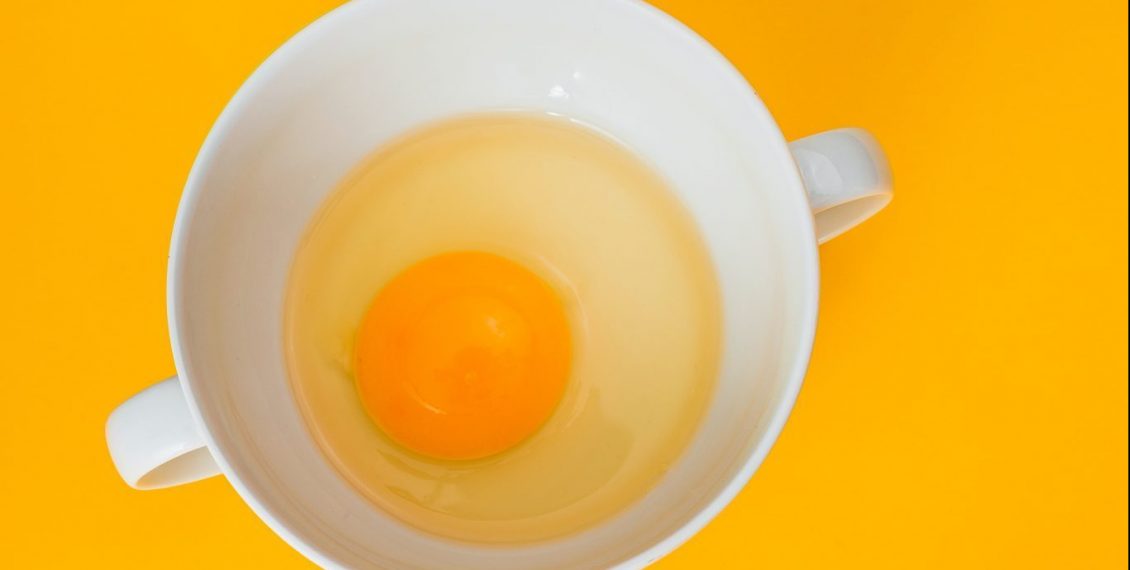
We’ve known for ages how important it is to get adequate protein in your diet. Without enough protein, strength trainers are unable to build muscle mass and strength.
Further, you may have heard that the body can only consume so much protein at a time. There’s been a lot of research around how much protein we should consume in a meal and day, only to conclude that it could be a little for some folks or a lot for others. Real helpful!
The best data seems to be that generally, one should consume approximately 0.4 grams per kilogram per meal in protein at least 4 times daily. For some, they may be able to absorb up to 0.55/g/kg during a meal, while others may be capped around 0.25/g/kg, with younger resistance trainers leaning on the low end and older lifters being on the high end.
However, making this goal difficult to reach is the acceptance that our bodies can only absorb 8-10 grams of whey protein (fast-acting) per hour, with slower-acting protein being lower than this. So, assuming you’re awake 16 hours a day and consume a 30 gram protein shake right before bed, you would only be able to absorb a maximum of 190 grams a day. Of course this would actually be lower assuming you consumed other types of protein, and if you didn’t have a constant source of protein in your system, i.e. some of the protein you consumed was lost.
All this information leads us to the fact that in order to build muscle, a boatload of protein throughout the day is a key and necessary element, however, this may be a struggle for some to achieve. Below are some easy tricks you can implement into your diet to increase your protein intake.
Contents
Protein has shown to increase the production of Peptide YY, a gut hormone which makes your stomach feel full. Eating protein before high-carb foods, such as pasta and bread, can protect against blood sugar and insulin spikes.
Focus on protein-rich foods, not calorie rich foods. it’s easy to look at a nutrition label and see 10 grams of protein, and think that’s a good source. However, if that food also comes with 500 calories, that’s not a good ratio of protein to your fat and carb calories. Gym-goers trying to gain muscle should try to consume 25% of their calories from protein.
All the snacks above are great additions to help you boost your daily protein intake, but not all of them can be consumed by themselves, and your first instinct may be to combine it with something that’s carb-heavy.
For instance, you may see Greek yogurt and think to add berries and granola, which would be a balanced snack if that’s what you’re shooting for, however can dilute your protein consumption if your primary goal is to solely increase the protein in your diet without increasing your total caloric intake significantly.
My way around this is to combine proteins. We all love the bowl-meal concept of just combining different bases, veggies and meats. Who says you can’t do this with different proteins?? I’ll share my snack version of protein bowls. Just be sure to not judge until you’ve tried it!
This tasty recipe amounts to 16 grams of protein, while only supplying approximately 135-155 calories.
While you’ve, without a doubt, never combined these foods before and it therefore will sound strange at first, if you give it a chance, I bet you’ll find yourself licking the bowl clean. Happy snacking!